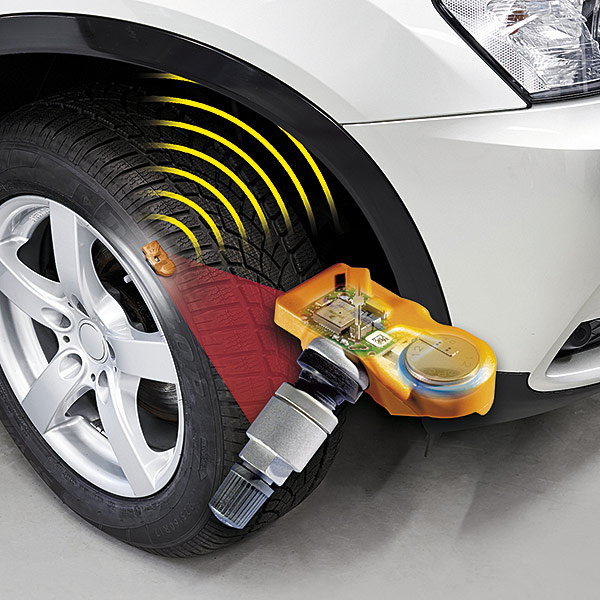


Top quality TESLA Bluetooth sensor from IntelliSens, the market leader in original installed tire pressure sensors!
- Tesla BLE Bluetooth sensor
- OE quality
- Pre-programmed
- For Tesla models:
- Model 3 2021->
- Model S 2022->
- Model Y
- Smaller and lighter size
- Sensor designed to endure salty and snowy conditions
Legislation
The EU directive 661/2009 states that all vehicles that have been type-approved since November 2012 and new vehicles that have been sold since November 2014 have to include a TPMS (Tire Pressure Monitoring System). In Finland, Trafi has stated that the system must be active when the vehicle is sold, and an active system must have sensors installed in the original tyres (i.e the tyres that the car is first registered with).
Even if the next tyres do not have to have the sensors installed, and you may even turn the system off, the use of TPMS system is highly recommended. The system observes the pressure of the tyres and helps to decrease emissions and costs as well as increase safety.
How does the TPMS system work?
You can observe the tyre pressure with active or passive systems. In an active TPMS system the sensor installed in the tyre will directly measure the tyre pressure and temperature. The passive system, on the other hand, will only detect a decrease in tyre pressure that leads to a change in the rolling speed of the tyre. Both systems will warn the driver with the TPMS indicator light that will turn on in the dashboard when the tyre pressure decreases to 25% below the recommended tyre pressure.
Recognizing new TPMS sensors
For your vehicle to be able to recognize the new sensors and the TPMS indicator light to turn off, your vehicle must go through relearning. There are three basic ways to do this:
Benefits
The TPMS systems and maintaining the correct tyre pressure have a huge impact on safety and economical driving.
Safety
The correct tyre pressure ensures maximum performance. When the tyre pressure is correct, the tyre will roll lightly and steer precisely. Wrong tyre pressure will decrease the grip of the tyre which will lead to longer braking distances and higher chance of aquaplaning.
Tyre service life
Too low tyre pressure will shorten the service life of the tyre. When the tyre pressure is low, the tyre will wear faster, and the temperature of the tyre will rise, durability will decrease, and the chance of the tyre bursting will increase.
Fuel efficiency
When the tyre pressure is low, the rolling resistance of the tyre is higher which means that the tyre requires more energy to roll. This, in turn, will lead to increased fuel consumption.